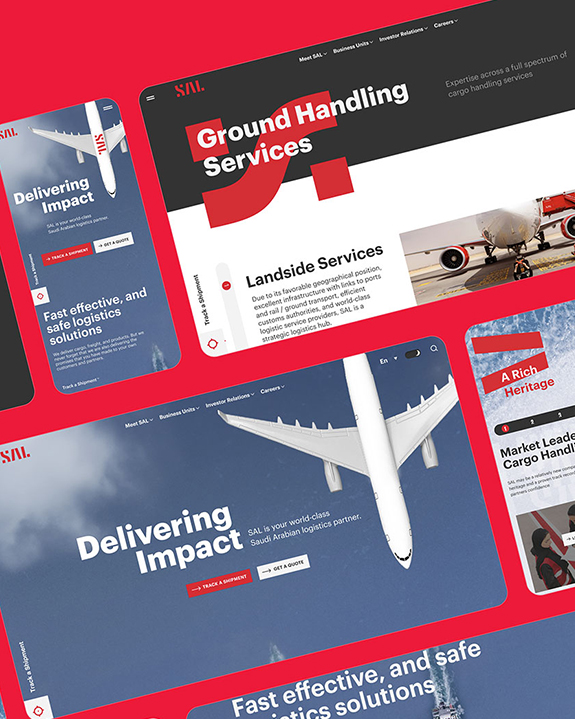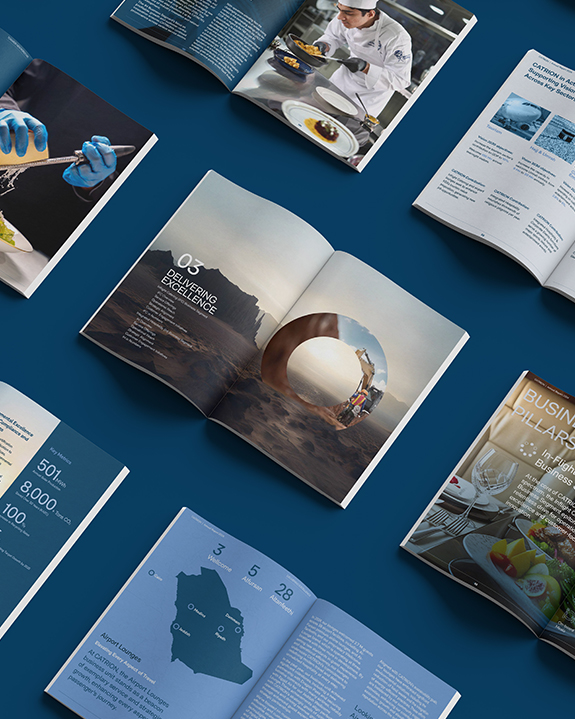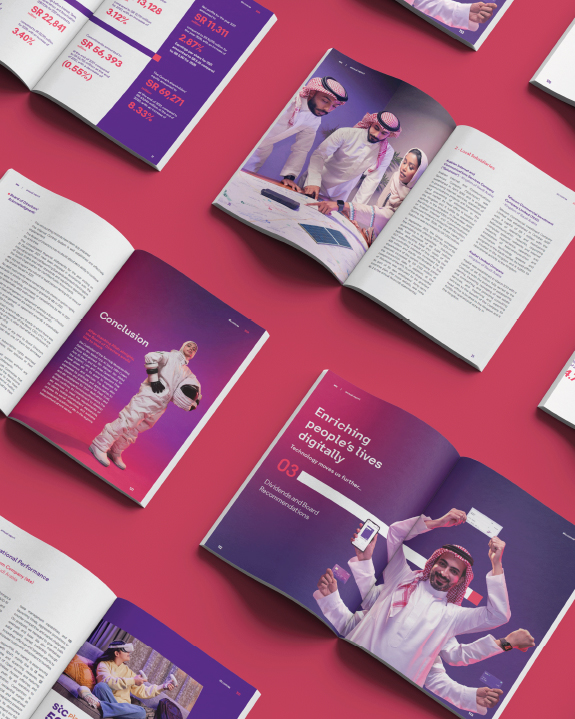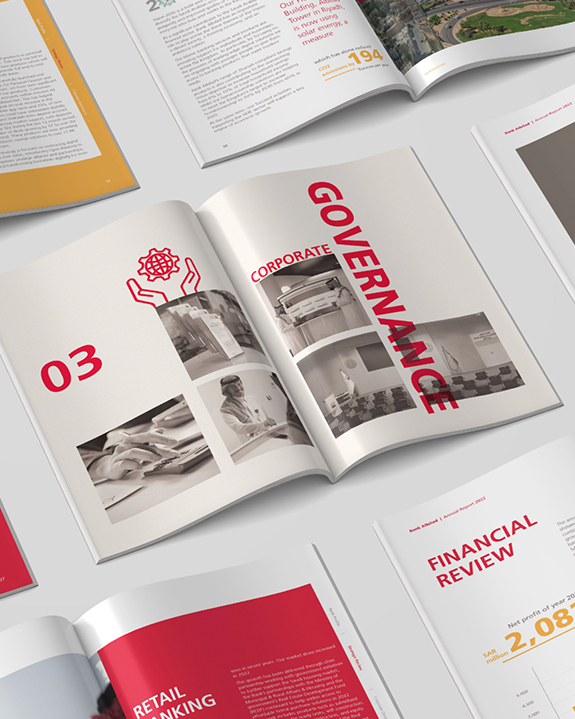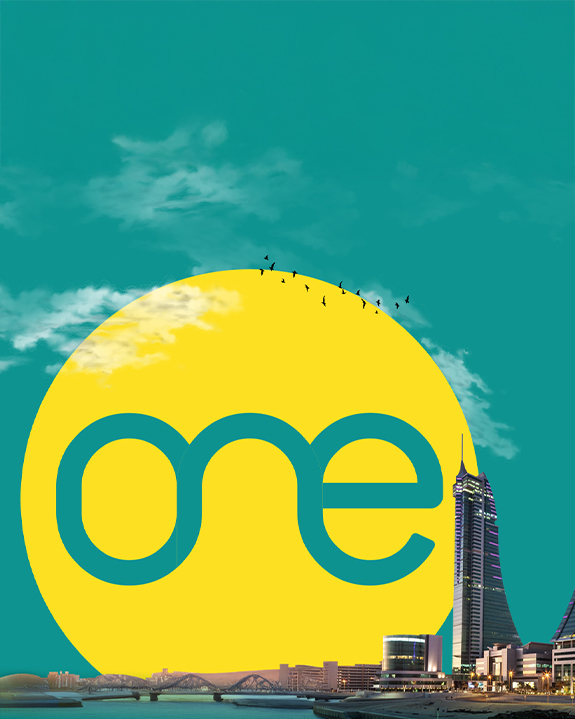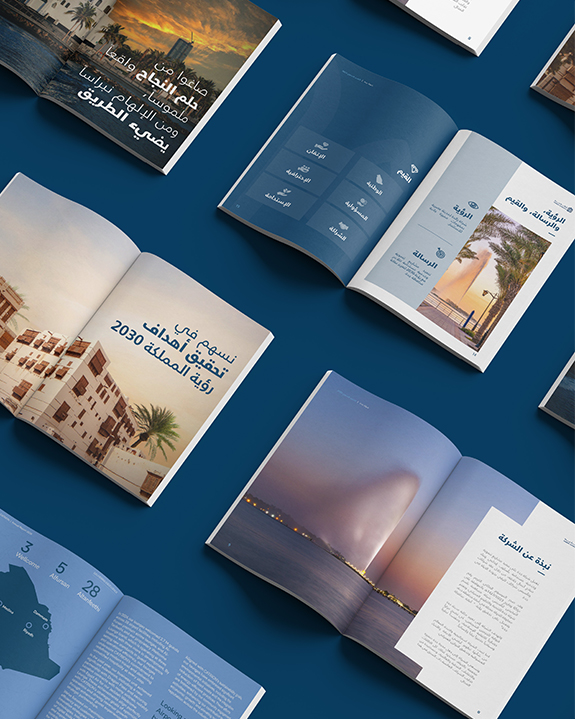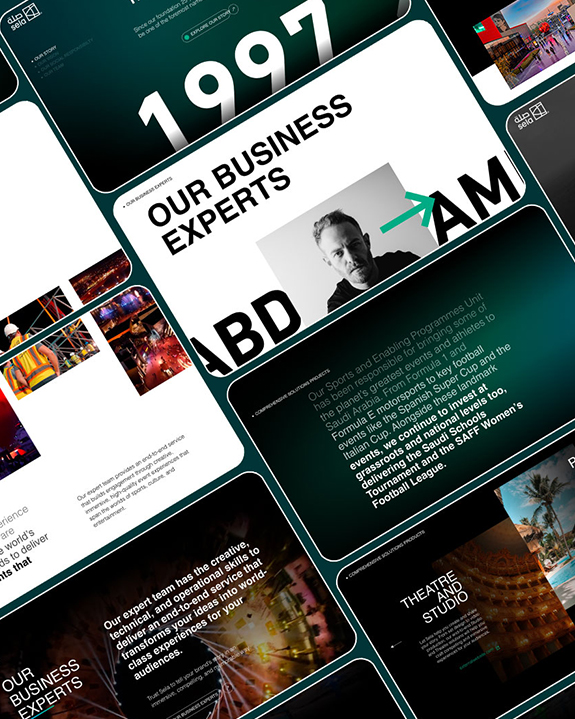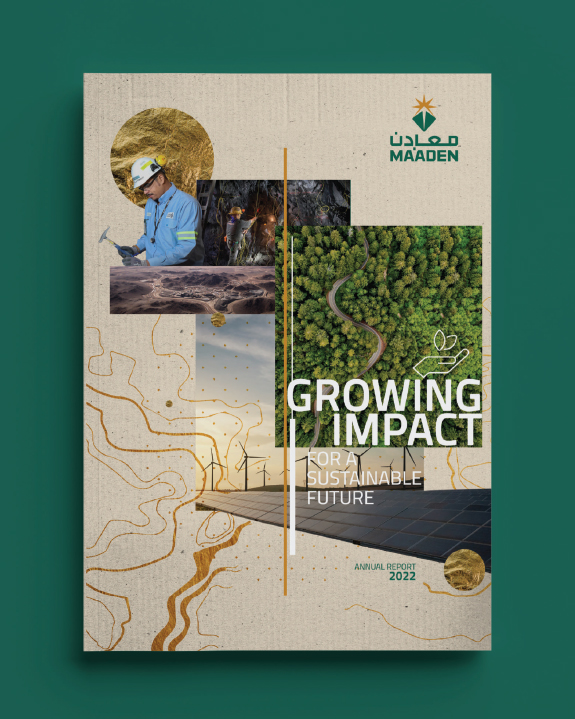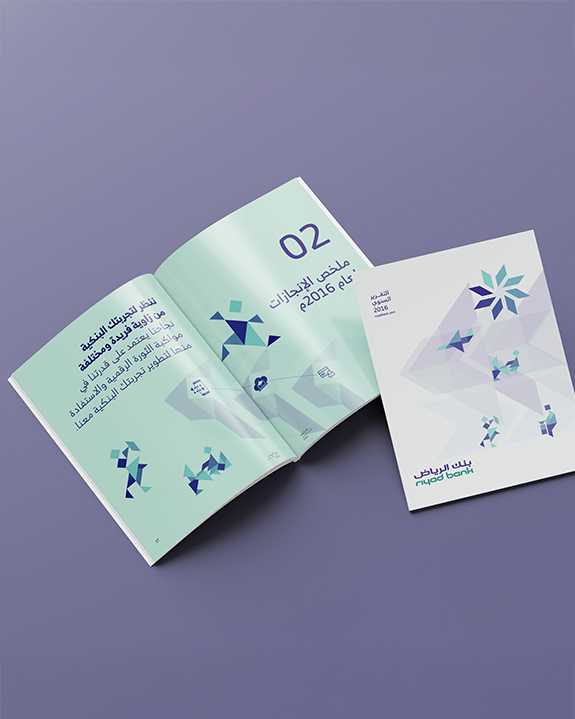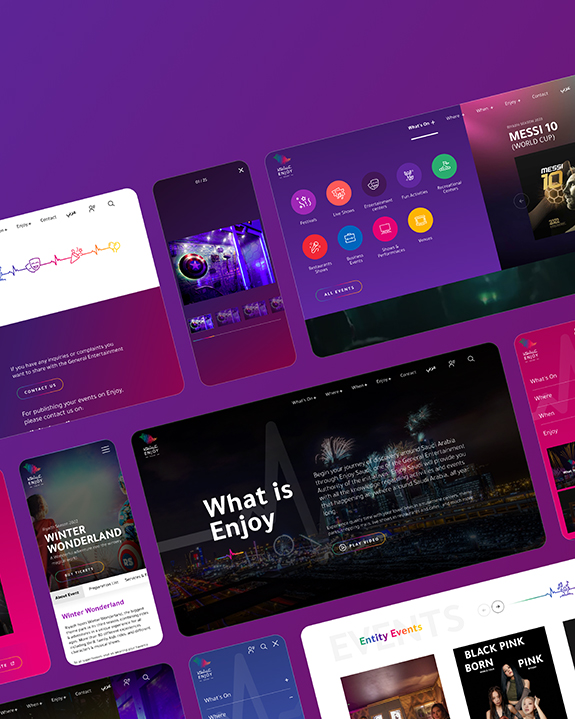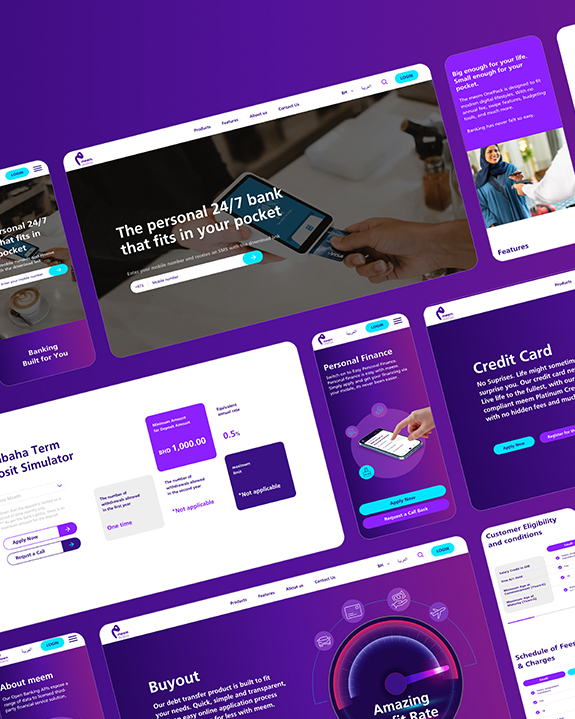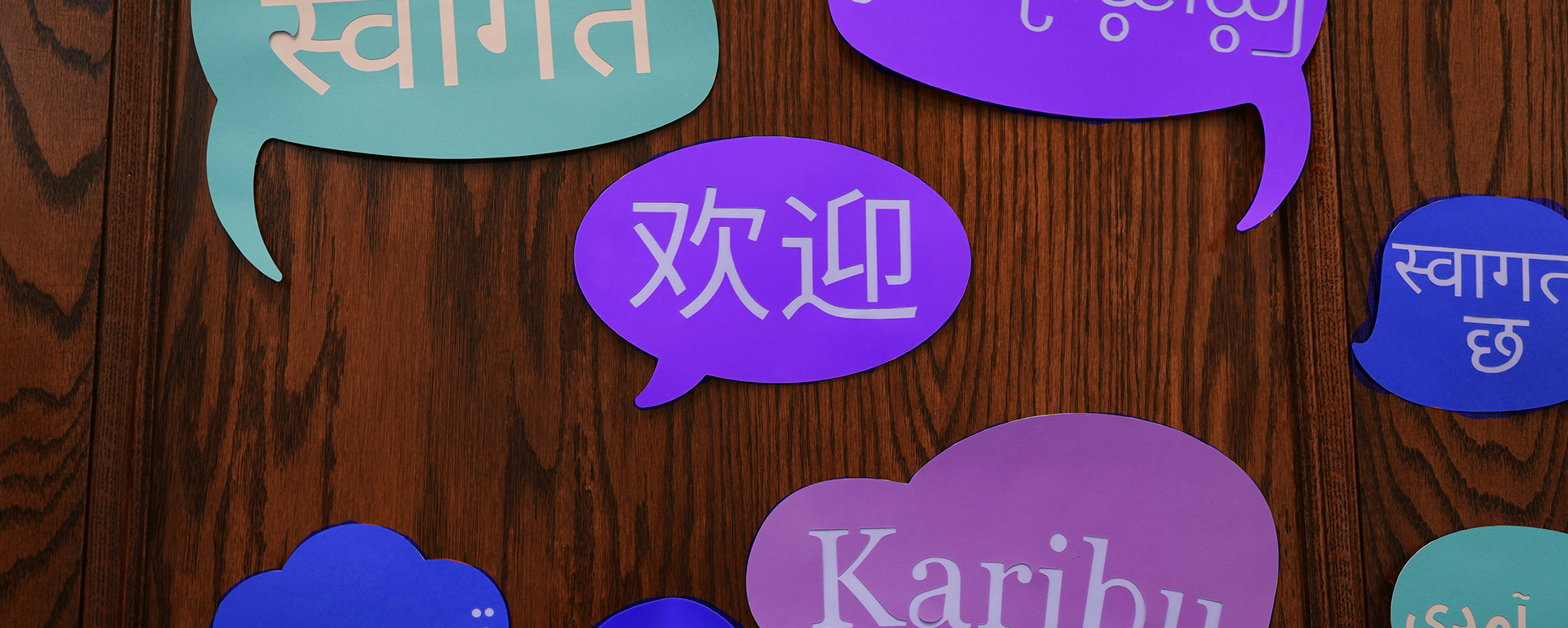You’ve seen it before. A brand launches in Arabic.
The interface looks polished. The copy is technically correct. But something feels off. The tone is stiff. The rhythm is clunky. The message doesn’t land.
It’s not that the translation is wrong. It’s that the experience isn’t right.
Across the Gulf, brands are expanding fast, new markets, new platforms, new audiences. And with that growth comes a familiar challenge: language. English may be the default for global business, but it’s not the language of belief for everyone. Arabic may be the heart of the region, but it’s often treated as a translation, not a foundation.
Multilingual branding often stops at surface-level translation.
The real challenge is making every language feel intentional, emotionally clear, and regionally attuned.
That’s where most brands lose their voice.
Where Multilingual Brands Go Wrong
It’s easy to assume that adding Arabic to a website or campaign makes a brand “inclusive.” But inclusion isn’t about presence, it’s about fluency. And fluency requires more than literal translation.
Here’s where things tend to fall apart:
| Misstep |
Why It Fails |
| Literal translation |
Arabic feels robotic, distant, or worse, translated. It lacks warmth, rhythm, and regional nuance. |
| Tone mismatch |
English sounds polished. Arabic sounds stiff. The emotional gap breaks trust. |
| Visual imbalance |
Arabic is squeezed, misaligned, or treated as secondary. It signals hierarchy, not harmony. |
| Inconsistent messaging |
The brand voice shifts across languages. Users feel like they’re interacting with two different brands. |
Fluency begins where emotion meets intention. Accuracy may check the box, but clarity is what earns belief.
When the message feels distant or mechanical, trust doesn’t take root.
What Fluency Actually Means
Fluency is the ability to speak with care, clarity, and cultural relevance, across every language, every touchpoint, every moment. It’s not just about grammar. It’s about rhythm, tone, and trust.
In Spark’s editorial culture, fluency means:
Arabic that feels native, not borrowed
English that reflects regional warmth, not global coldness
Messaging that moves seamlessly between languages without losing meaning or emotion
Fluent brands don’t translate. They shift perception, reshape meaning, and make language feel like home.
The Gulf Context: Language Is Identity
In Bahrain, Saudi Arabia, and the UAE, language is more than communication. Arabic carries history, emotion, and pride. It’s the language of family, faith, and feeling. When brands treat it as an afterthought, they don’t just miss the mark. They miss the moment.
Multilingual fluency in the Gulf means:
Respecting the rhythm of Arabic
Avoiding literal translations from English
How to Build a Fluent Multilingual Brand
Fluency is a system. One that’s strategic, scalable, and emotionally intelligent.
Here’s how to build it:
1. Start With Narrative, Not Language
Before you write, translate, or design, define the emotional truth. Ask: What do we want people to feel? What tension are we resolving? What belief are we earning?
Narrative design comes first. Language follows.
Do
Start with a story that resonates across cultures.
Don’t
Translate a message that was never emotionally clear to begin with.
2. Design for Bilingual Harmony
Arabic and English must feel equal, not just in presence, but in care.
That means:
Short, conversational Arabic sentences
Regionally relevant metaphors
Visual formatting that respects both scripts
Editorial rhythm that flows across languages
Do
Treat Arabic as a primary voice, not a translated layer.
Don’t
Force English phrasing into Arabic structure.
3. Build a Shared Editorial System
Fluency requires consistency. That means:
Shared tone guidelines across languages
Caption critique rituals
Bilingual QA tools that test rhythm, clarity, and emotional impact
Every team member, writer, designer, developer, should understand the brand’s voice in both languages.
Do
Create editorial rituals that elevate both English and Arabic.
Don’t
Leave translation to the last minute or outsource without oversight.
4. Test for Emotional Resonance
Don’t just check for grammar. Check for grace.
Ask:
Does this feel human?
Would someone share this?
Does the Arabic feel like it was written for the region, not just translated from English?
Use qualitative feedback, sentiment analysis, and bilingual user testing to refine.
Do
Test for feeling, not just functionality.
Don’t
Assume accuracy equals impact.
5. Mentor, Refine, Repeat
Fluency is a practice. It evolves.
Spark’s editorial culture thrives on critique, not correction. Every caption is an opportunity to elevate. Every translation is a chance to connect.
Build feedback loops:
Draft with purpose
Critique with care
Refine for resonance
Test for belief
Repeat
Do
Create space for iteration and mentorship.
Don’t
Treat language as static or final.











